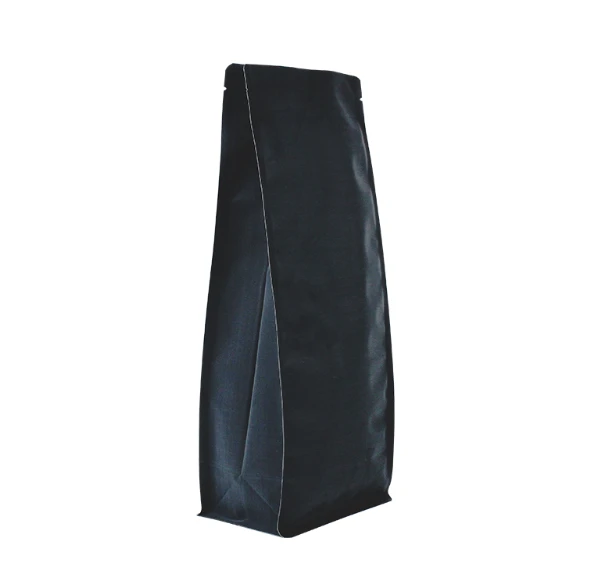- Afrikaans
- Albanian
- Amharic
- Arabic
- Armenian
- Azerbaijani
- Basque
- Belarusian
- Bengali
- Bosnian
- Bulgarian
- Catalan
- Cebuano
- chinese_simplified
- chinese_traditional
- Corsican
- Croatian
- Czech
- Danish
- Dutch
- English
- Esperanto
- Estonian
- Finnish
- French
- Frisian
- Galician
- Georgian
- German
- Greek
- Gujarati
- haitian_creole
- hausa
- hawaiian
- Hebrew
- Hindi
- Miao
- Hungarian
- Icelandic
- igbo
- Indonesian
- irish
- Italian
- Japanese
- Javanese
- Kannada
- kazakh
- Khmer
- Rwandese
- Korean
- Kurdish
- Kyrgyz
- Lao
- Latin
- Latvian
- Lithuanian
- Luxembourgish
- Macedonian
- Malgashi
- Malay
- Malayalam
- Maltese
- Maori
- Marathi
- Mongolian
- Myanmar
- Nepali
- Norwegian
- Norwegian
- Occitan
- Pashto
- Persian
- Polish
- Portuguese
- Punjabi
- Romanian
- Russian
- Samoan
- scottish-gaelic
- Serbian
- Sesotho
- Shona
- Sindhi
- Sinhala
- Slovak
- Slovenian
- Somali
- Spanish
- Sundanese
- Swahili
- Swedish
- Tagalog
- Tajik
- Tamil
- Tatar
- Telugu
- Thai
- Turkish
- Turkmen
- Ukrainian
- Urdu
- Uighur
- Uzbek
- Vietnamese
- Welsh
- Bantu
- Yiddish
- Yoruba
- Zulu
Understanding the Definition and Usage of the Term Gusset in Textiles and Construction
Understanding the Term Gusset
The word gusset may not be part of everyday conversation for most people, but it holds a significant place in various fields, particularly in fashion, architecture, and engineering. To appreciate its meaning and applications, it's essential to explore its etymology, definitions, and relevant contexts.
Etymology of Gusset
The term gusset originates from the Old French word gousset, which translates to little sack or pocket. This etymology reflects the inherent characteristics of a gusset, which often serves to provide extra space or strength in materials. The term was adopted into English around the 15th century and has since evolved in its applications.
Definition of Gusset
A gusset is typically defined as a piece of fabric or material that is inserted into a clothing item, structure, or component to provide additional support or coverage. In clothing, gussets often come in the form of triangular or diamond-shaped inserts that can be found in areas requiring extra flexibility or strength, such as the underarm or crotch of a garment. In architectural and engineering contexts, gussets serve as plates or brackets that reinforce joints and connections in various structures, such as bridges and buildings.
Applications in Fashion
what does gusset mean

In fashion design, gussets play a crucial role in enhancing the fit and comfort of garments. For example, a gusset in a dress shirt's underarm area allows for greater movement and less restriction, making it more comfortable for the wearer. Similarly, in athletic wear, gussets help provide the necessary flexibility and support for an active lifestyle. Designers often use gussets strategically to ensure the garment maintains its shape while providing ease of movement.
Moreover, gussets can also enrich the aesthetic appeal of a garment. They can be crafted from contrasting fabrics or patterns to add visual interest. This dual function of gussets—practicality and style—makes them a cherished element in fashion design.
Use in Engineering and Architecture
Moving beyond the realm of fashion, gussets have significant implications in engineering and architecture. Gusset plates are commonly used in the construction of bridges, trusses, and frameworks to strengthen connections between various structural elements. These plates distribute loads more evenly, enhancing the overall stability and durability of the structure.
In addition to their load-bearing capabilities, gussets also contribute to the aesthetic quality of engineering projects. Architectural designs often incorporate exposed gussets, emphasizing their structural integrity and beauty, showcasing the blend of form and function.
Conclusion
In summary, the term gusset may initially seem niche, but its implications extend far beyond its basic definition. From enhancing the fit and comfort of clothing to playing a critical role in structural stability and engineering design, gussets are integral to both aesthetics and functionality in various industries. Understanding the multifaceted nature of gussets allows for a deeper appreciation of their contributions across different fields. Whether you're a fashion enthusiast or an engineering professional, recognizing the importance of the gusset can enrich your comprehension of these disciplines.













